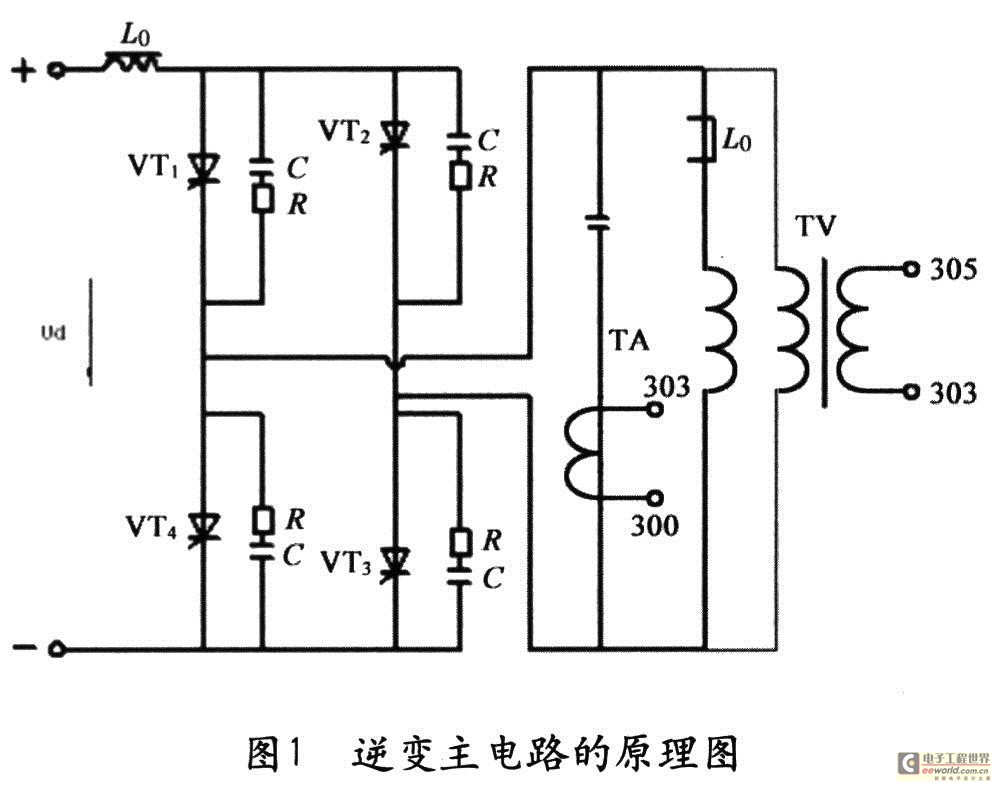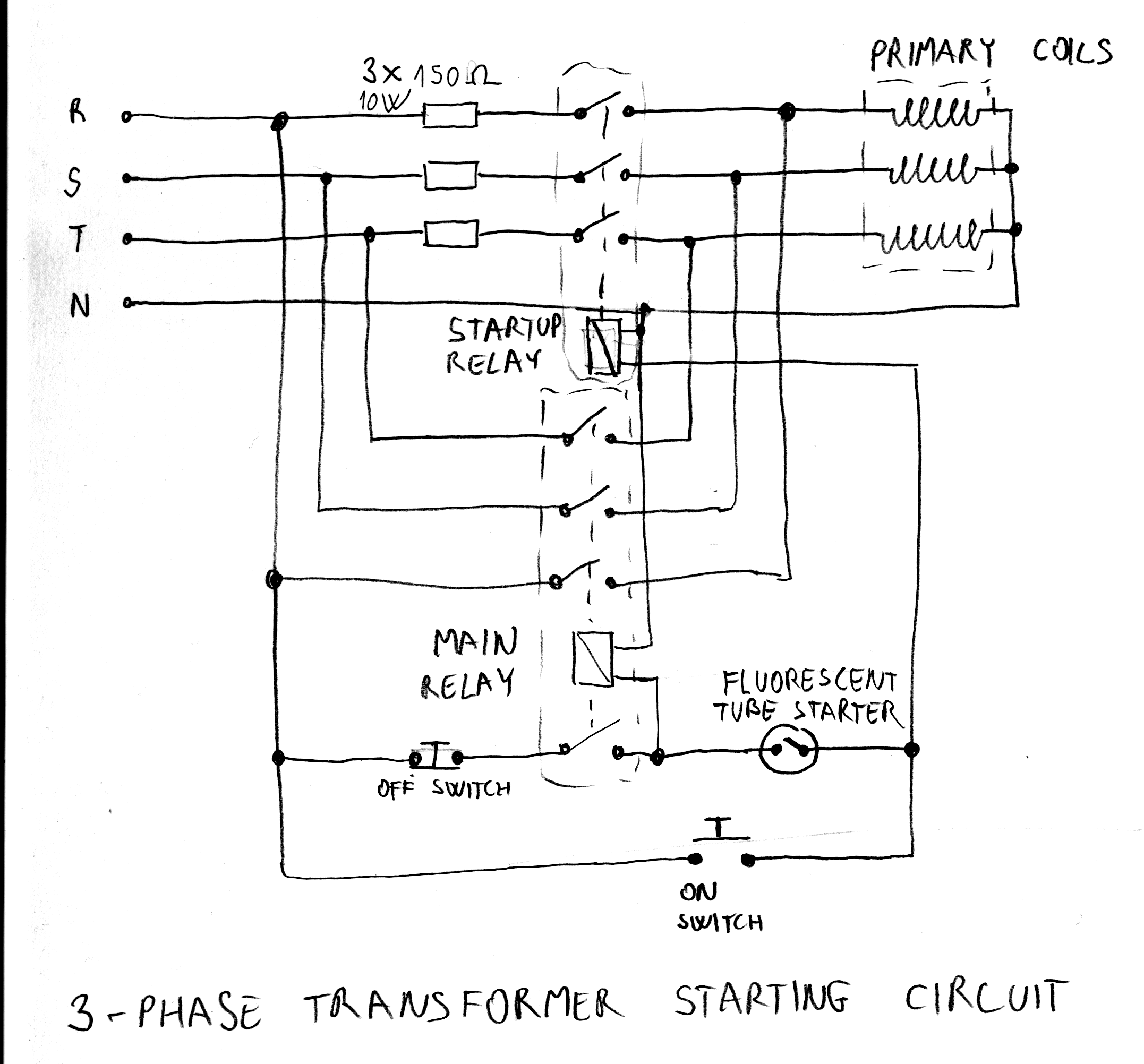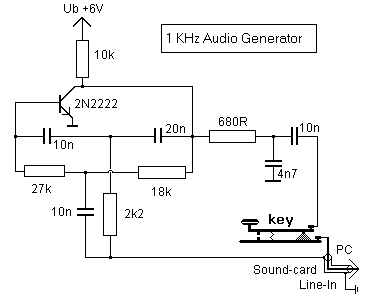
Soft Start for PSU

Two soft start power supplies. The output voltage slowly increases to the desired output. The output voltage rises slowly and reaches 15 V in 5 seconds. In order to perform this soft-start function, the LM317 voltage regulator IC requires an external universal PNP transistor and the L200 uses its internal comparator (pin 2). More: After switch-on, the rising voltage on the positive side of the charging electrolytic capacitor slowly turns the (initially conducting) transistor off, thus raising the voltage (relative to ground) on the adjustment pin of the LM317. In the L200 circuit,
The described circuit features two distinct soft-start power supply configurations utilizing the LM317 voltage regulator and the L200 integrated circuit. The main objective of this design is to ensure a gradual increase in output voltage, which minimizes inrush current and potential damage to connected loads.
For the LM317 section, the soft-start mechanism is achieved through the incorporation of an external PNP transistor. Upon activation, the output voltage begins at zero and progressively rises to the target voltage of 15 V over a period of 5 seconds. This gradual increase is facilitated by a charging electrolytic capacitor connected to the positive side of the power supply. Initially, the PNP transistor conducts, allowing a controlled discharge of the capacitor. As the capacitor charges, the voltage across it increases, which in turn influences the voltage at the adjustment pin of the LM317. The rising voltage causes the PNP transistor to gradually turn off, leading to a controlled increase in the output voltage.
In the case of the L200 circuit, the internal comparator (pin 2) is utilized to achieve a similar soft-start effect. The L200 is designed to regulate voltage and current, and its internal circuitry is capable of managing the soft-start function without the need for additional external components. The soft-start behavior is initiated when power is applied, and the internal comparator monitors the voltage levels. As the voltage rises, the comparator adjusts the output accordingly, ensuring a smooth transition to the desired voltage level.
Both configurations are essential for applications where sudden voltage changes could adversely affect sensitive components. The gradual ramp-up of voltage not only protects the load but also enhances the reliability and longevity of the power supply systems. Proper component selection, including the value of the electrolytic capacitor and the specifications of the PNP transistor, is crucial for achieving the desired time constant and voltage levels in the soft-start process.Two soft start power supplies. The output voltage slowly increases to the desired output. The output voltage rises slowly and reaches 15 V in 5 seconds. In order to perform this soft-start function, the LM317 voltage regulator IC requires an external universal PNP transistor and the L200 uses its internal comparator (pin 2). After switch-on, the rising voltage on the positive side of the charging electrolytic capacitor slowly turns the (initially conducting) transistor off, thus raising the voltage (relative to ground) on the adjustment pin of the LM317. In the L200 circuit, 🔗 External reference
The described circuit features two distinct soft-start power supply configurations utilizing the LM317 voltage regulator and the L200 integrated circuit. The main objective of this design is to ensure a gradual increase in output voltage, which minimizes inrush current and potential damage to connected loads.
For the LM317 section, the soft-start mechanism is achieved through the incorporation of an external PNP transistor. Upon activation, the output voltage begins at zero and progressively rises to the target voltage of 15 V over a period of 5 seconds. This gradual increase is facilitated by a charging electrolytic capacitor connected to the positive side of the power supply. Initially, the PNP transistor conducts, allowing a controlled discharge of the capacitor. As the capacitor charges, the voltage across it increases, which in turn influences the voltage at the adjustment pin of the LM317. The rising voltage causes the PNP transistor to gradually turn off, leading to a controlled increase in the output voltage.
In the case of the L200 circuit, the internal comparator (pin 2) is utilized to achieve a similar soft-start effect. The L200 is designed to regulate voltage and current, and its internal circuitry is capable of managing the soft-start function without the need for additional external components. The soft-start behavior is initiated when power is applied, and the internal comparator monitors the voltage levels. As the voltage rises, the comparator adjusts the output accordingly, ensuring a smooth transition to the desired voltage level.
Both configurations are essential for applications where sudden voltage changes could adversely affect sensitive components. The gradual ramp-up of voltage not only protects the load but also enhances the reliability and longevity of the power supply systems. Proper component selection, including the value of the electrolytic capacitor and the specifications of the PNP transistor, is crucial for achieving the desired time constant and voltage levels in the soft-start process.Two soft start power supplies. The output voltage slowly increases to the desired output. The output voltage rises slowly and reaches 15 V in 5 seconds. In order to perform this soft-start function, the LM317 voltage regulator IC requires an external universal PNP transistor and the L200 uses its internal comparator (pin 2). After switch-on, the rising voltage on the positive side of the charging electrolytic capacitor slowly turns the (initially conducting) transistor off, thus raising the voltage (relative to ground) on the adjustment pin of the LM317. In the L200 circuit, 🔗 External reference





